Literature: The Western – II
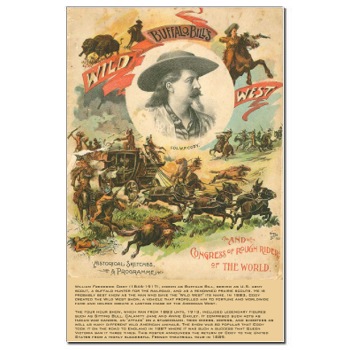 In the 20th Century, we encounter diverse names bringing distinct elements to Western literature. Zane Grey began his fluid contribution to the genre with Heritage of the Desert (1910), and The Riders of the Purple Sage (1912) which were followed by Wild Horse Mesa, The Young Lion Hunter, The Lord of Lackawaxen Creek, (1981), Horse Heaven Hill, (1959), Wyoming, (1953), Lost Pueblo, (1954), Black Mesa, (1955), Stranger from the Tonto, (1956), The Fugitive Trail, (1957), and Arizona Clan, (1958), for a grand total of some ninety novels, many of which were made into very successful films. His works were sold by the millions and established many of the canons of the Western novel, injecting into each story a generous dose of adventure, and romance in the American Frontier, of that new world to be conquered in the West.
In the 20th Century, we encounter diverse names bringing distinct elements to Western literature. Zane Grey began his fluid contribution to the genre with Heritage of the Desert (1910), and The Riders of the Purple Sage (1912) which were followed by Wild Horse Mesa, The Young Lion Hunter, The Lord of Lackawaxen Creek, (1981), Horse Heaven Hill, (1959), Wyoming, (1953), Lost Pueblo, (1954), Black Mesa, (1955), Stranger from the Tonto, (1956), The Fugitive Trail, (1957), and Arizona Clan, (1958), for a grand total of some ninety novels, many of which were made into very successful films. His works were sold by the millions and established many of the canons of the Western novel, injecting into each story a generous dose of adventure, and romance in the American Frontier, of that new world to be conquered in the West.
During the 40s and 50s, dozens of Western stories were published in magazines, by writers like Eugene M. Rhodes, William McLeod Raine W. C. Tuttle, Clarence E. Mulford, Max Brand, Louis L’Amour, Robert E. Howard, Richard S. Wheeler, Sherman Alexie, Tony Hillerman, Jack Shaefer, Michael Chabon, Tod Hunter, Ernest Haycox, and Dan Wilder. In the 50s, Frabk Gruber shines as a master of the historical Western and a prolific scriptwriter.
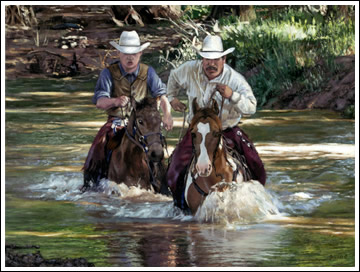
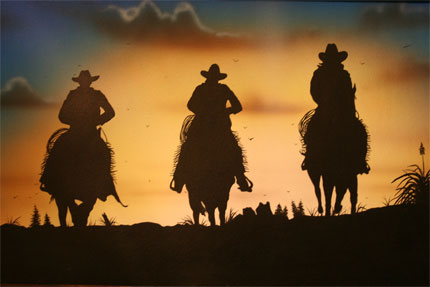
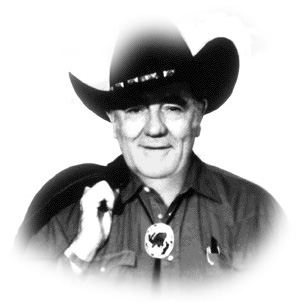
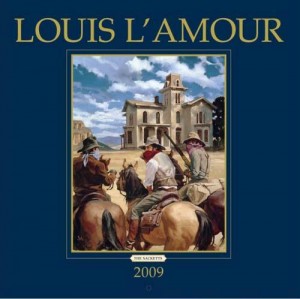
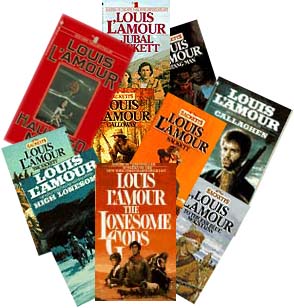
Louis L’Amour deserves a special mention, as he is author of some of the most popular Western novels, and his contribution to the Western literary form is fundamental, with 101 written works and more than 225 million copies sold. Many of his novels and stories, around 45, have been made into movies. To him we owe representative titles like Hondo (1953), Hopalong Cassidy and the Riders of High Rock (which appears under the pen name Tex Burns), How the West was Won (1963), The Broken Gun (1966), Guns of the Timberlands (1955), The Tall Stranger (1957), Last Stand at Papago Wells (1957), High Lonesome (1962), Brionne (1968 ), and A Man Called Noon (1970), among many others.
Another of the genre’s great writers is Larry McMurtry, who won the Pulitzer prize for his novel Lonesome Dove (1986). McMurtry is also the author of the following titles that have been awarded the Jesse H. Jones Award by the Texas Institute of Letters: Horseman, Pass By; (1962); The Last Picture Show (1967); and the previously cited Lonesome Dove.
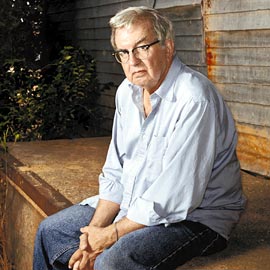
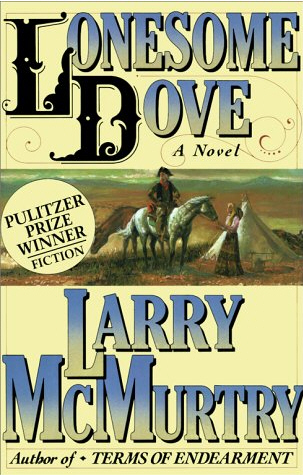
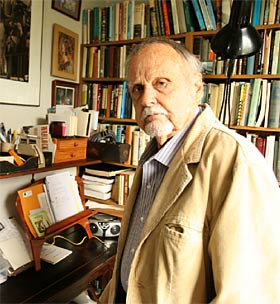
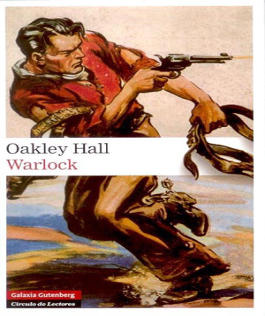
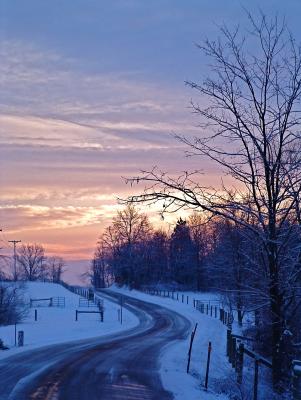
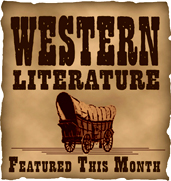
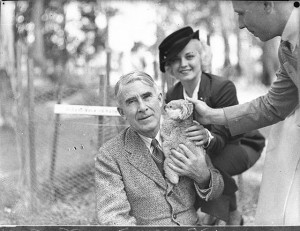
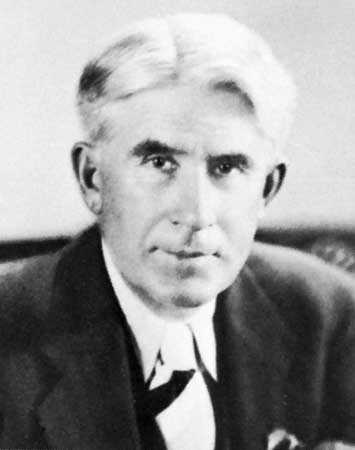
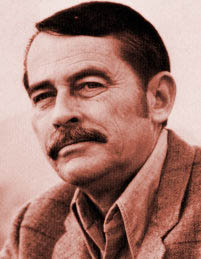
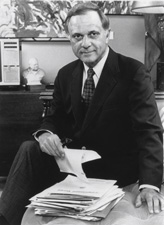
Within the literary Western, it is necessary that we include Warlock, by Oackley Hall (1958), a gem, not only of the Western genre, but also of the writer and cultured work in United States. Here is a novel that reveals the key elements of a Western frontier city; a novel in which characters are perfectly described, psychologically, and physically. The novel takes us on a trip to the classic Western, where we find the elements that made the United States what it is today; all the misery and greatness of the human soul in an adventure on the border of the frontier between the Wild West and booming civilization; an Odyssey built around moral values and how they mark the spirit of North Americans. Oackley Hall later would later write ‘The Bad Lands’ and ‘Apaches’.
Another author of note is Glendon Swarthout, responsible for the novels The Shootist (1976) and The Homesman (1988), winners of the Spu Awards of the Western Writers of America and the Wrangler Award of the Western Heritage Association, respectively. Both novels are of extraordinary quality. Neither can we forget literary contributions like True grit, by Charles Portis or Massacre, War Party, and Mission With No Record, by James Warner Bellah. All of these books have become cinematic masterpieces, with John Wayne as the protagonist. Other examples are Welcome to Hard Times, (1981) by E. L. Doctorow, and The Brave Cowboy by Edward Abbey (1956), taken to the big screen by Kirk Douglas, with a script by Dalton Trumbo.
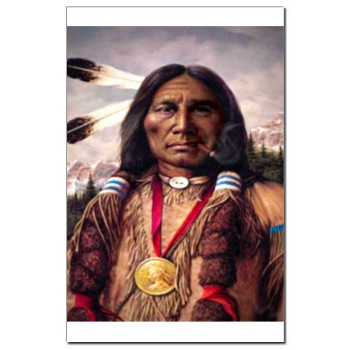
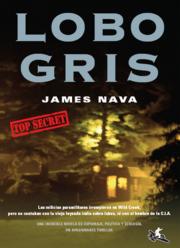
Grey Wolf by James Nava recaptures a large part of Western literature’s heritage, creating a present-day narration with the key elements of the Western genre expressed in chapters that are evocative of an era, and a lifestyle. This Western possesses ecological elements and action in a classic setting from which arises a protagonist: The Rocky Mountains.
Too often, the genre of the Western novel has been undervalued, not by the general public in the United States, where the Western occupies its due place, in recognition and popularity, but by editors, critics, writers and many other characters (in their majority from other countries) who aren’t familiar with the genre, or how to appreciate it, due to a profound lack of knowledge and an absolute and shameful ignorance; and is otherwise underappreciated by presumptuous intellectuals that consider the Western a mere “cult” movement of the written word.
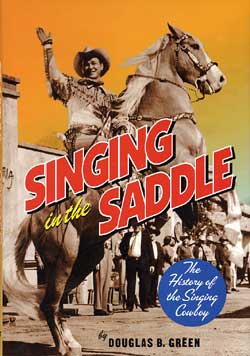
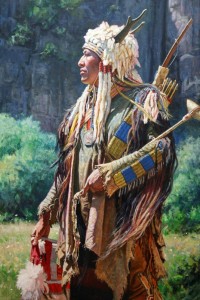
Those who are unfamiliar with Western literature would do themselves an immense favor in exploring it. As in the great Western novels, the horizon would stretch wide ahead of them.
Those who are familiar with them and know how to appreciate them, will find even more magnificent titles to read and enjoy, conscious of having in their hands the epic poem of the winning of the west, the values that built the United States, in written works that skillfully involve us in the adventure of this setting and the characters that inhabit it. This Western universe, a necessary reference to times gone by, still lives and benefits from a quality literary production that continues to grow, to the enormous satisfaction of millions of followers.
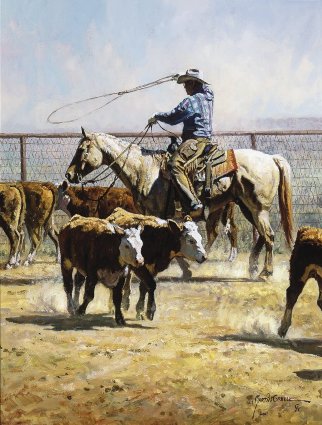


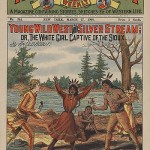

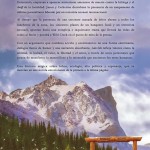

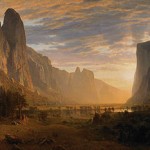
One thought on “Literature: The Western – II”
Comments are closed.